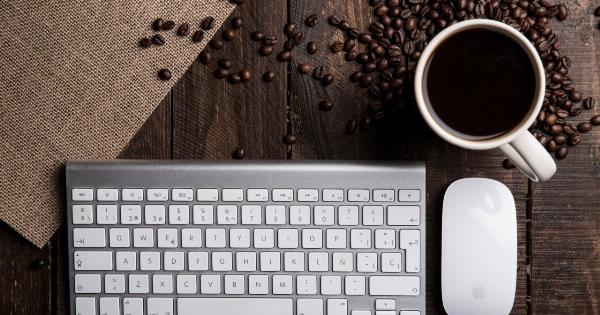If you suffer from migraines, you know how debilitating they can be. The pain, light sensitivity, and nausea can keep you out of work and unable to enjoy your normal activities for days at a time.
While there is no one-size-fits-all solution to preventing migraines, recent research suggests that the size of your mobile device might play a role in triggering these painful headaches.
What Are Migraines?
Migraines are a type of headache that can cause intense pain, throbbing, and pulsing sensations on one or both sides of the head. They can also cause other symptoms, such as:.
- Light sensitivity
- Noise sensitivity
- Nausea and vomiting
- Blurred vision
- Dizziness
There is no one definitive cause of migraines. Some people may be genetically predisposed to migraines, while others may be triggered by certain foods, stress, hormonal changes, or environmental factors.
Overuse of technology, including mobile devices, is another possible trigger.
How Mobile Devices Affect Migraines
Recent research suggests that the use of mobile devices, particularly smartphones, can trigger migraines.
According to a study published in the Journal of Neurology, Neurosurgery, and Psychiatry, the blue light emitted by smartphones can disrupt the production of melatonin, a hormone that helps regulate sleep and wake cycles. When melatonin levels are disrupted, it can lead to insomnia, fatigue, and other symptoms that can trigger migraines.
In addition to disrupting melatonin production, the small size of mobile devices can also strain your eyes. When you constantly focus on a small screen for extended periods, it can cause eye strain, headaches, and even migraines.
The Importance of Screen Size
Given the potential for mobile devices to trigger migraines, it’s no surprise that many people are looking for solutions to minimize their exposure to this technology. One promising solution is to switch to a larger screen size.
A study published in the Journal of Behavior & Information Technology found that people who used a larger mobile device reported fewer symptoms of eye strain and physical discomfort, such as headaches and neck pain.
This is because a larger screen size allows for a more comfortable viewing experience that requires less effort to focus on.
The study also found that the larger the screen size, the lower the likelihood of experiencing symptoms. For example, participants who used a 5.5-inch screen reported fewer symptoms than those who used a 4-inch screen.
Other Ways to Prevent Migraines
While switching to a larger mobile device may help prevent migraines, it’s not the only solution. Here are some other ways to minimize your risk of experiencing migraines:.
- Avoid trigger foods – some common trigger foods include chocolate, caffeine, alcohol, and processed foods
- Reduce stress – try relaxation techniques such as yoga, meditation, or deep breathing exercises
- Get enough sleep – aim for at least seven hours of sleep each night to help regulate your sleep and wake cycle
- Exercise regularly – regular exercise can reduce stress and promote healthy sleep cycles
- Avoid bright lights and loud noises – if you know these trigger your migraines, try to avoid them or wear sunglasses and earplugs
Conclusion
If you suffer from migraines, it’s important to identify and avoid trigger factors. While mobile devices can be a potential trigger, switching to a larger screen size may help reduce your risk of experiencing migraines.
By incorporating healthy habits into your lifestyle, you can improve your overall health and reduce your risk of suffering from painful migraines.




























